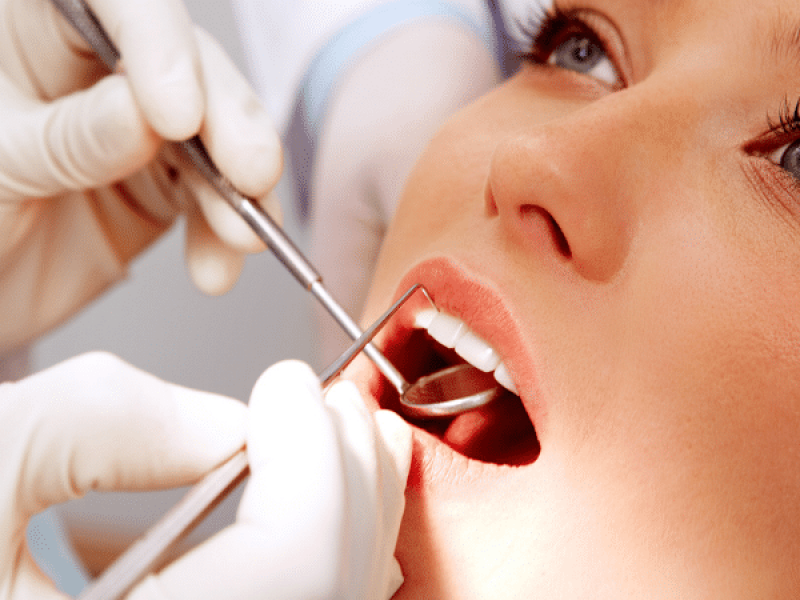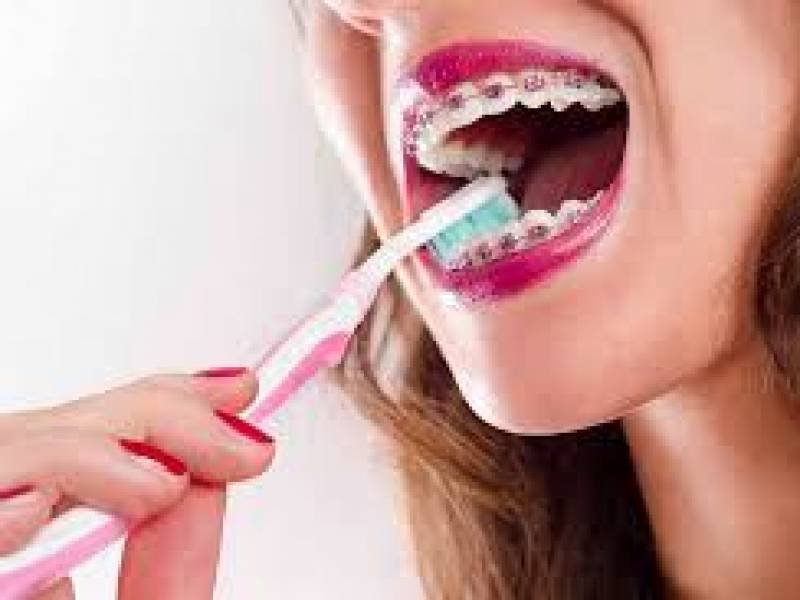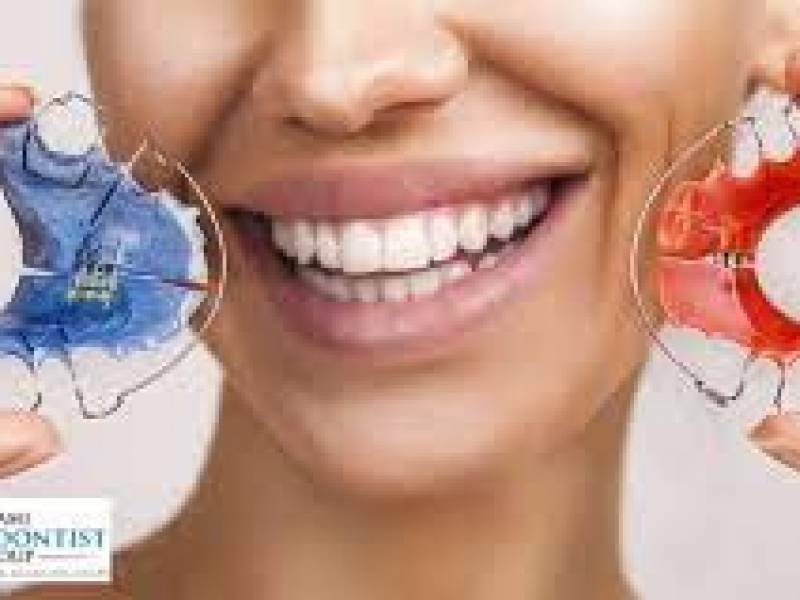Used in the treatment of gingival diseases, gingivectomy is the surgical removal of gingival tissue. For the gingiva that are diseased or desired to be treated for aesthetic reasons, gingival tissue is cleaned with gingivectomy and a dental filling or crown is placed on the tooth gingival line. Aesthetic problems arising from factors such as over-functioning smile muscles, having longer anatomy of the upper jaw, teeth with a short structure, and the effect of the nose structure on the upper lip shape are eliminated.
Gingivectomy surgery also eliminates gingival problems that cannot be cleaned by tooth brushing and caused by food between the gingiva. Thanks to gingivectomy, dental health problems are also eliminated besides the gingiva appear excessively.
How Is Gingivectomy Applied?
For those who say how to apply gingivectomy before treatment, dentists will emphasize that the application is painless. Some patients worry that they will not like their teeth after gingivectomy. Before gingivectomy, tartar cleaning and root surface straightening may be required to remove tartar from the gingiva. Then, the procedure will be started with local anesthesia.
While gingivectomy is performed, the gingiva is shaped with some special surgical tools or devices such as cautery and laser. Gingivectomy can take between a few minutes and 1 hour depending on the number of teeth to be treated. After the procedure, a protective bandage is placed on the gingiva and this bandage remains on the gingiva for 10 days. This bandage applied has no harm to eating or drinking. At the end of 10 days, the patient's treatment is completed. The gingiva regains their normal appearance within 3-4 weeks, but 2-3 months will be required for the tissue to heal completely. Patient will have a healthy and aesthetic smile.
Gingivectomy is an application without any harms. The application, which enables the patient to have the ideal smile, eliminates aesthetic concerns. Thanks to the advantages of gingivectomy, the patient's social relationships are stronger.
What to Do After Treatment
We said that a protective bandage was placed over the gingiva after gingivectomy. While this bandage is on the teeth, the patient should eat soft foods and avoid spicy and crispy foods. The dentist will recommend the patient a pain reliever and a chlorhexidine mouthwash, and care should be taken by using them.
Care should be taken to keep the patient's mouth clean during healing process after gingivectomy. Brushing should not be done while the gingiva is on the protective bandage. However, teeth in all remaining areas should be brushed and flossed. When the necessary care is taken after the treatment, the healing time will be shortened and a healthier smile will be achieved.







Every Word You Share Matters to Us
Your feedback means the world to us. We're truly grateful for your support, your trust, and every suggestion that helps us become better. Thank you for being part of our journey.
Well I have just visited and had my first phase of treatment,throughout the process ,I have been in contact with Arina who has guided me throughout the process ,with prices,hotels,transfers and any questions I needed answering ,I came off the plane and my transfer was waiting for me to take me to hotel,I stayed at the La Marge,a lovely hotel and the staff couldn’t have done anymore,very friendly and always helpful,day 1 I was picked up in the morning by the transport and met by the lovely Anya who put me at ease straight away,day 1 is exhausting but getting most of it all done is the best way,I left there sore and a bit swollen,but had all the antibiotics,painkillers,mouthwash,ice packs to help,personally I went back straight to sleep and woke up in the morning,it was a lot better,all the staff at Tulay are first class,the cleanliness and professional manner in which they all shown was amazing,i want to thank them all and see you in September for Phase 2
I must say that the whole process is completely digital. First, they take your 3D jaw tomography and explain everything in detail, you get all the info about the process before your treatment. For mouth impressions, they use a 3D scanner which is one of the best ones (believe me I researched a lot about these things while choosing a clinic). They also have their own lab and your crowns are done there, that’s why everything s done super fast! I enjoyed my experience at Akkol Dental
Big shoutout to Anya! As a foreigner, communication is key, and Anya made everything clear and easy, she explained the process from start to finish and I felt safe at this place. Doctor Adnan did my crowns and the result was fantastic!
I was verry happy for this company the staff was sweet and proffesinelt. I pay 1.750€ for 12 crowns take € hvis you for the payment Regards Detlef Otto Denmark
I came to Antalya to get zirconia crowns, and I’m beyond happy with the results! Coordinator Arina was incredibly helpful from start to finish, she explained every step of the process, helped me with transportation, and made sure I was comfortable the entire time. Dr. Rifat is a true artist, he carefully designed my new smile, and my crowns look very natural and beautiful. The procedure was painless, and the clinic’s technology is top-notch. Now I can smile with confidence again! Highly recommended
Highly recommend clinic Tülay Akkol, professional approach of doctors! In love with my new smile. Tnaks to all the doctors and staff!
Where do I start? I would like to extend my gratitude to Arina and all the crew at Tulay Akkol dental centre. Arina was absolutely fantastic throughout the entire process and really excelled in great customer service. From the moment I arrived in Turkey with my family the transfer to the hotel was smooth and stress free. The hotel we stayed in was fantastic and the staff there were lovely. I personally would like to thank the dentist for excellent work and for being very patient and understanding. I can't speak highly off Tulay Akkol and the fantastic treatment I received for my smile makeover. Arina, you are a star and thank you for everything.
I came to the clinic to make my implants and crowns. Everything went really smoothly, the doctors are super professional, the hotel and translator is a top notch Greatly recommend best clinic in Antalya. Looking forward to my next visit thank you
Very pleasant visit. Office atmosphere is professional, staff is very friendly. Definitely recommend.
Had a really great experience with Tulay akkol , would definitely recommend!! Really love my new teeth :)